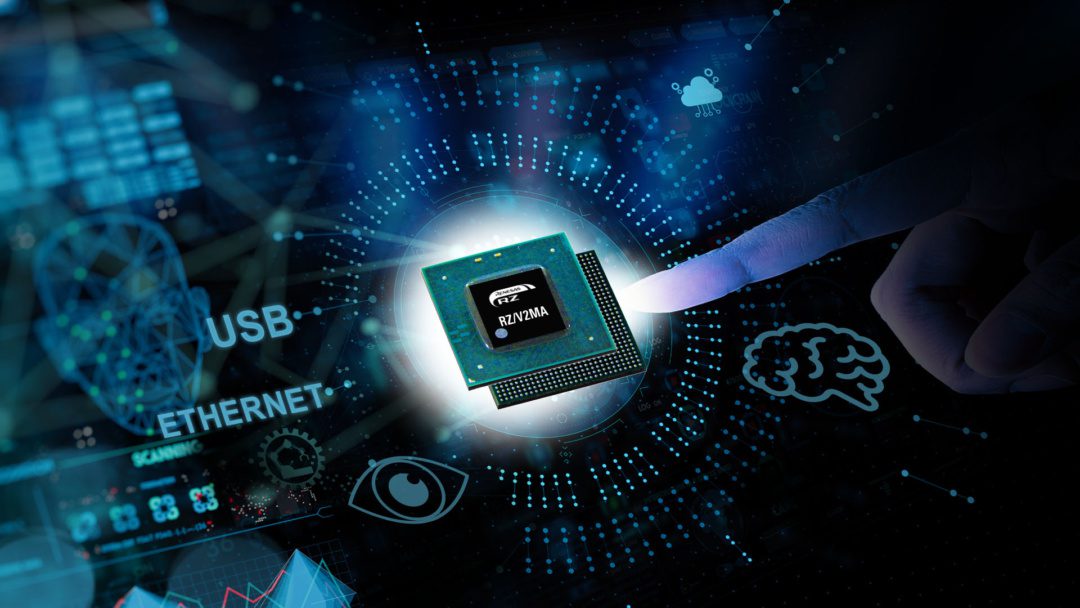D
Deleted member 118
Guest
Renesas to Acquire Steradian to Expand Its Reach in the Radar Market
The Acquisition Will Bolster Renesas’ Automotive and Industrial Sensing Portfolio with Steradian's Radar Technology
August 31, 2022
TOKYO, Japan, August 31, 2022 ― Renesas Electronics Corporation (TSE:6723, “Renesas”), a premier supplier of advanced semiconductor solutions, today announced that it has entered into a definitive agreement to acquire Steradian Semiconductors Private Limited (“Steradian”), a fabless semiconductor company based in Bengaluru, India, that provides 4D imaging radar solutions, in an all-cash transaction. The acquisition is expected to close by the end of 2022, subject to customary closing conditions. The acquisition of Steradian's radar technology will enable Renesas to extend its reach in the radar market and boost its automotive and industrial sensing solution offerings.
With the advancements of ADAS (Advanced Driver Assistance Systems) in the automotive market, automotive sensor fusion demand is growing to allow precise and accurate object detection of vehicles’ surroundings by combining data from multiple sensors, such as cameras, radar and LiDAR (Light Detection and Ranging). Radar in particular accurately detects objects over long distances, day or night, even during harsh weather or other adverse environmental conditions. For these reasons, radar is considered an essential sensing technology for ADAS, and the number of radar sensors installed in vehicles is expected to triple over the next five years (Note). To respond to such growth potential, Renesas is expanding its automotive product portfolio with Steradian’s radar technology.
“Radar is an indispensable technology for ADAS, which uses a complex combination of various sensors,” said Hidetoshi Shibata, President and CEO of Renesas. “The addition of Steradian's superb radar technology and engineering talent will allow us to extend our leadership in the automotive segments. We will also leverage their technology for industrial applications to drive our mid- to long-term business growth in both segments.”
"Renesas' industry-leading portfolio of embedded solutions and broad customer base serve as an ideal foundation to maximize Steradian’s radar technology worldwide,” said Gireesh Rajendran, CEO of Steradian. “By working together with the Renesas team, we will continue to develop innovative radar solutions that deliver the high performance, small footprint and low power consumption that our customers desire.”
Founded in 2016 as a start-up company, Steradian has extensive expertise in radar technology. Operating in the 76-81 GHz band, Steradian’s powerful 4D radar transceivers offer a high level of integration in a small form factor and high power efficiency. Renesas will leverage Steradian's design assets and expertise to develop automotive radar products, with plans to start sample shipments by the end of 2022. The company aims to develop complete automotive radar solutions that combine ADAS SoCs (System-on-Chips) for processing radar signals, power management ICs (PMICs), and timing products together with software for object recognition. Collectively, these solutions will simplify the design of automotive radar systems and contribute to faster product development.
Renesas and Steradian have been collaborating since 2018, mainly in industrial applications. Steradian's radar technology is expected to be adopted in home security systems such as surveillance, traffic monitoring for people, cars and motorcycles, HMI (Human-Machine Interface) systems such as gesture recognition and docking systems in airport terminals. Steradian provides targeted solutions for these applications by offering transceiver ICs, turnkey modules that include antennas, and software stacks for object recognition.
For the last several years, Renesas has been expanding its connectivity and analog products to complement its core processing products for embedded systems. With the acquisition of Steradian, Renesas will bring together the best possible devices and software to meet the growing demand for sensor technology solutions for automotive and industrial customers, to make their design work easier.
(Note) Source: Strategy Analytics Inc., "Imaging RADAR Coming to Automotive,” December 2021.
(Remarks) All names of products or services mentioned in this press release are trademarks or registered trademarks of their respective owners.

